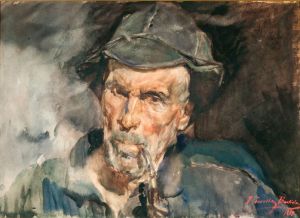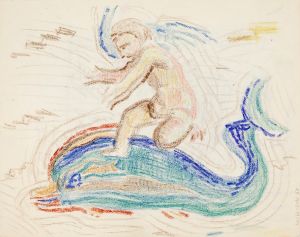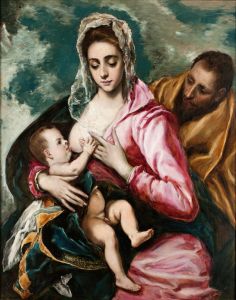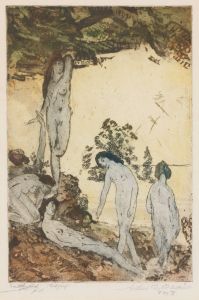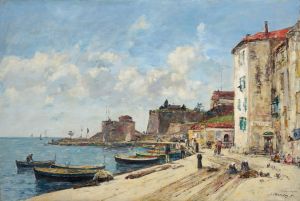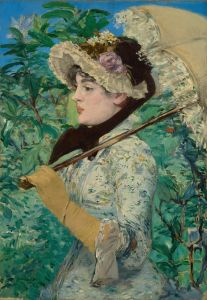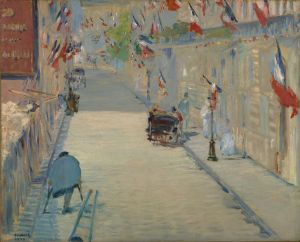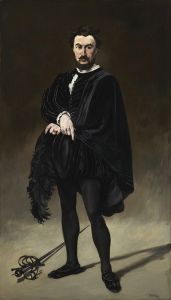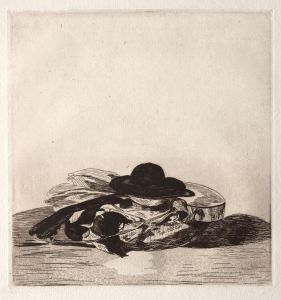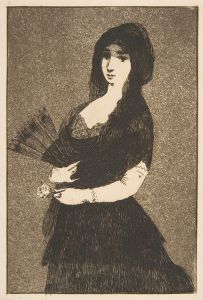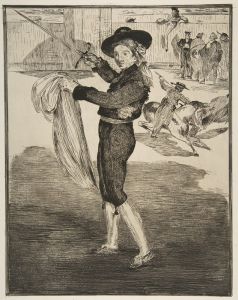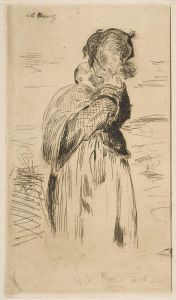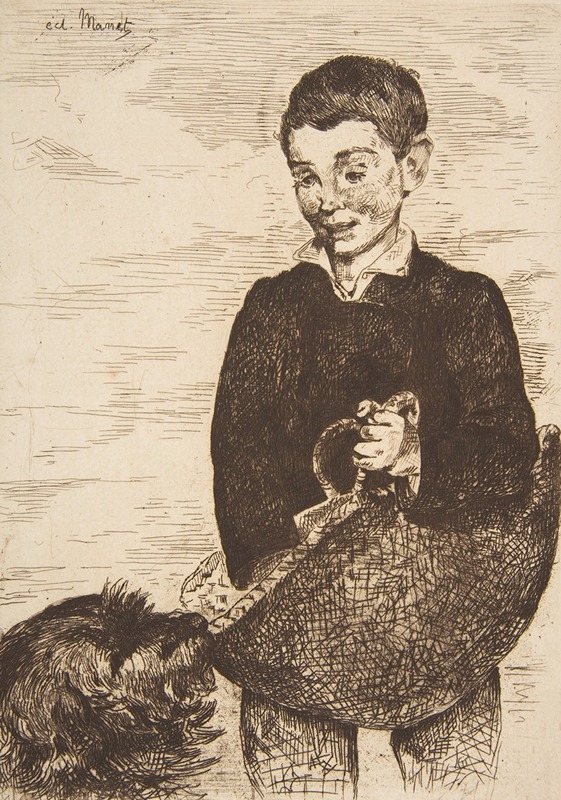
The Urchin
A hand-painted replica of Édouard Manet’s masterpiece The Urchin, meticulously crafted by professional artists to capture the true essence of the original. Each piece is created with museum-quality canvas and rare mineral pigments, carefully painted by experienced artists with delicate brushstrokes and rich, layered colors to perfectly recreate the texture of the original artwork. Unlike machine-printed reproductions, this hand-painted version brings the painting to life, infused with the artist’s emotions and skill in every stroke. Whether for personal collection or home decoration, it instantly elevates the artistic atmosphere of any space.
Édouard Manet, a pivotal figure in the transition from Realism to Impressionism, created a painting titled The Urchin (L’Enfant à la tasse in French). This work, completed in 1861, depicts a young boy holding a cup, rendered with Manet's characteristic loose brushwork and attention to the subtleties of light and shadow. The painting is notable for its simplicity and directness, focusing on the figure of the child without elaborate background details.
The boy in the painting is dressed modestly, reflecting the subject's humble origins, and his expression is contemplative, lending the work a sense of quiet introspection. The composition is straightforward, with the child seated and positioned slightly off-center, creating a sense of intimacy between the viewer and the subject. The muted color palette, dominated by earthy tones, enhances the realism of the scene while also emphasizing the boy's humanity.
The Urchin is often associated with Manet's early works, which were influenced by the Spanish masters such as Diego Velázquez and Francisco de Goya. The painting's simplicity and focus on the figure echo the portraits of these earlier artists, whom Manet greatly admired. This influence is evident in the way Manet captures the texture of the boy's clothing and the naturalistic rendering of his features.
The painting is housed in the Musée d'Orsay in Paris, France, where it is part of a collection that highlights Manet's contributions to 19th-century art. The Urchin is considered an example of Manet's ability to elevate everyday subjects to the level of fine art, a hallmark of his career.
While The Urchin may not be as widely recognized as some of Manet's later works, such as Olympia or Le Déjeuner sur l'herbe, it remains an important piece in understanding the artist's development and his approach to portraiture. The painting reflects Manet's interest in capturing the essence of his subjects, regardless of their social status, and his commitment to portraying life as he observed it.
This work exemplifies Manet's early exploration of themes and techniques that would later define his role as a precursor to the Impressionist movement. It stands as a testament to his skill in blending realism with a modern sensibility, making it a significant piece in his oeuvre.





